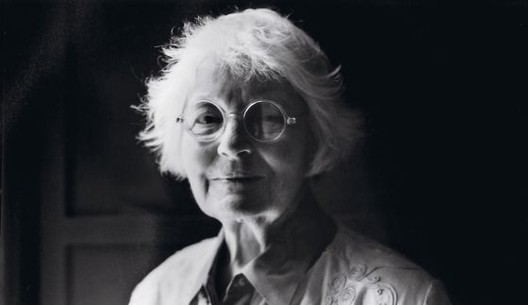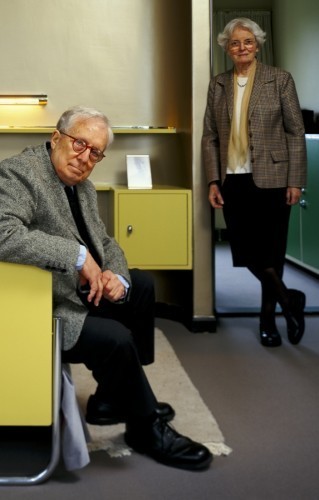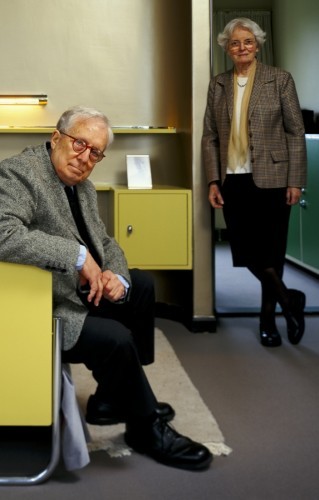
La Ruta del Peregrino (Pilgrim’s Route) has an approximate length of 117 kilometers. Over two million people every year travel from different states of Mexico to walk through the mountain range of Jalisco. Starting in the town of Ameca, their final destination is Talpa de Allenda where they go to visit Virgin Rosario as an act of devotion, faith, and purification.





_Eugenio_Ortu%CC%81zar.jpg?1460164336)













